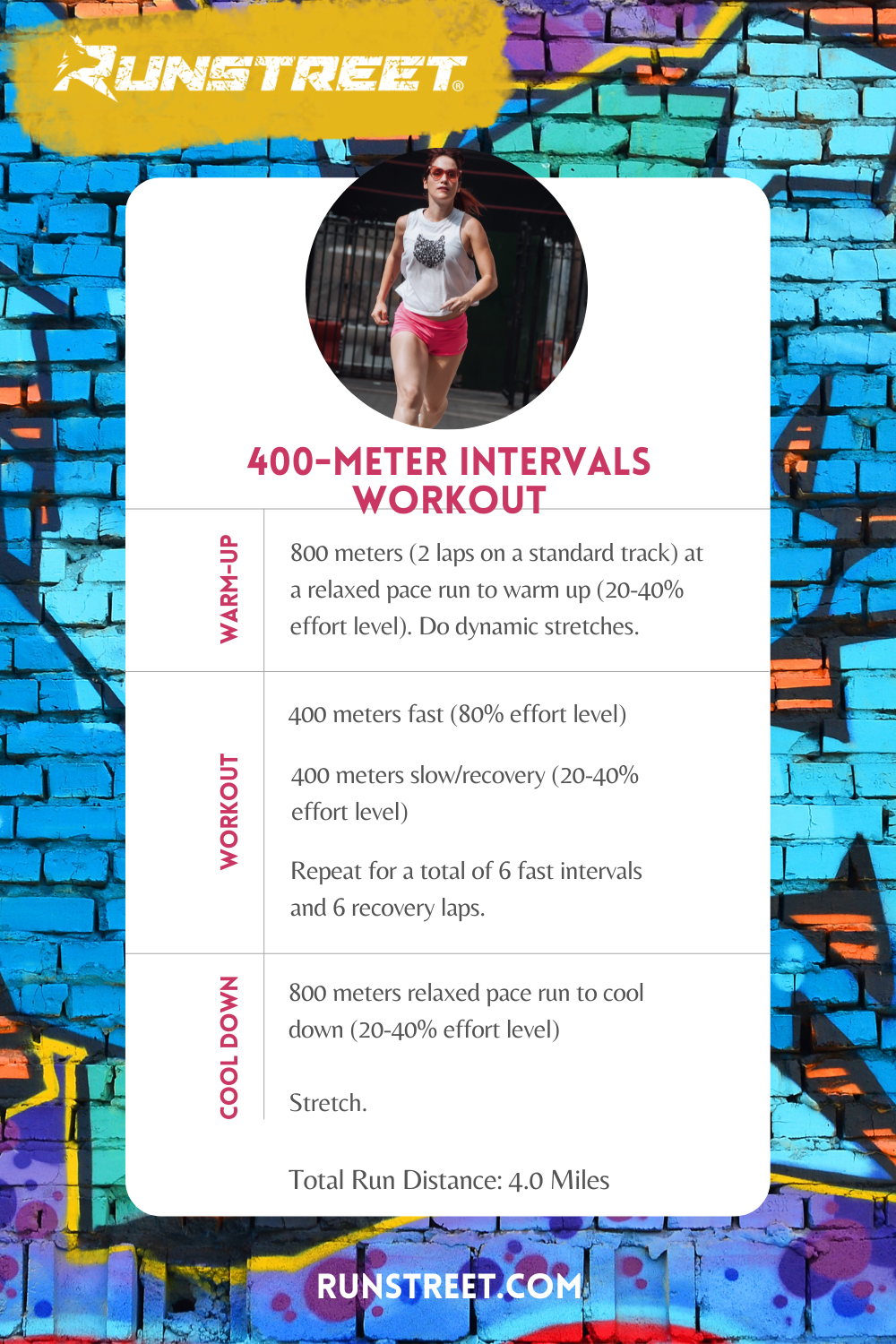Taking Care Of Typical Running Discomforts: Causes, Solutions, and Prevention
As runners, we often encounter different discomforts that can hinder our efficiency and satisfaction of this exercise. From the debilitating discomfort of shin splints to the bothersome IT band syndrome, these common running discomforts can be aggravating and demotivating. Comprehending the reasons behind these conditions is essential in effectively resolving them. By discovering the origin reasons for these running pains, we can discover targeted services and precautionary procedures to make sure a smoother and extra meeting running experience (click for more info).
Typical Running Discomfort: Shin Splints
Shin splints, a typical running discomfort, usually result from overuse or inappropriate footwear during physical activity. The repeated stress on the shinbone and the cells attaching the muscular tissues to the bone leads to swelling and discomfort.
To prevent shin splints, people need to gradually raise the strength of their workouts, wear ideal shoes with appropriate arch assistance, and preserve versatility and toughness in the muscle mass surrounding the shin (running strategy). In addition, integrating low-impact activities like swimming or biking can assist preserve cardio physical fitness while enabling the shins to heal.
Typical Running Discomfort: IT Band Disorder
In addition to shin splints, an additional widespread running discomfort that professional athletes often experience is IT Band Disorder, a problem triggered by swelling of the iliotibial band that leaves the outer thigh and knee. IT Band Syndrome generally materializes as discomfort outside of the knee, particularly during activities like running or cycling. The iliotibial band is a thick band of fascia that links the aware of the shin, and when it comes to be inflamed or tight, it can rub against the thigh bone, resulting in pain and pain.
Joggers experiencing IT Band Syndrome might observe a stinging or hurting feeling on the outer knee, which can aggravate with ongoing task. Aspects such as overuse, muscle inequalities, inappropriate running type, or poor workout can add to the advancement of this problem. To prevent and ease IT Band Syndrome, joggers must focus on extending and strengthening exercises for the hips and thighs, appropriate footwear, gradual training development, and attending to any kind of biomechanical concerns that might be intensifying the trouble. Disregarding the signs and symptoms of IT Band Syndrome can result in chronic problems and long term healing times, emphasizing the value of very early treatment and appropriate administration strategies.
Common Running Pain: Plantar Fasciitis

Plantar Fasciitis can be attributed to various factors such as overtraining, incorrect footwear, working on hard surfaces, or having high arcs or flat feet. To avoid and alleviate Plantar Fasciitis, joggers can include extending exercises for the calf bones and plantar fascia, put on helpful footwear, keep a healthy and balanced weight to decrease pressure on the feet, and progressively boost running strength to prevent abrupt tension on the plantar fascia. If signs continue, it is suggested to speak with a health care expert for proper diagnosis and therapy alternatives to attend to the condition efficiently.
Common Running Pain: Jogger's Knee
After resolving the difficulties of Plantar Fasciitis, one more prevalent concern that joggers commonly deal with is Runner's Knee, an usual running discomfort that can impede athletic efficiency and trigger discomfort throughout exercise. Runner's Knee, additionally referred to as patellofemoral pain disorder, materializes as pain around or behind the kneecap. This problem is commonly associated to overuse, muscle inequalities, incorrect running techniques, or troubles with the alignment of the kneecap. Joggers experiencing this pain might really feel a dull, hurting pain while running, rising or down stairways, or after long term periods of resting. To stop Runner's Knee, it is vital to integrate proper workout and cool-down routines, preserve solid and balanced leg muscular tissues, use ideal footwear, and progressively enhance running strength. If signs and symptoms continue, seeking suggestions from a medical care expert or a sports medicine i thought about this specialist is suggested to identify the underlying reason and create a tailored treatment strategy to ease the pain and protect against further difficulties.
Typical Running Discomfort: Achilles Tendonitis
Generally afflicting runners, Achilles Tendonitis is an uncomfortable problem that influences the Achilles ligament, creating pain and possible limitations in physical activity. The Achilles tendon is a thick band of tissue that connects the calf muscles to the heel bone, essential for tasks like running, jumping, and walking - get the real info. Achilles Tendonitis commonly creates due to overuse, improper footwear, insufficient extending, or abrupt rises in physical task
Signs of Achilles Tendonitis include discomfort and tightness along the tendon, especially in the early morning or after durations of inactivity, swelling that worsens with task, and potentially bone spurs in persistent situations. To avoid Achilles Tendonitis, it is essential to extend appropriately before and after running, put on proper footwear with correct support, gradually raise the intensity of workout, and cross-train to minimize repetitive stress and anxiety on the tendon.
Conclusion
